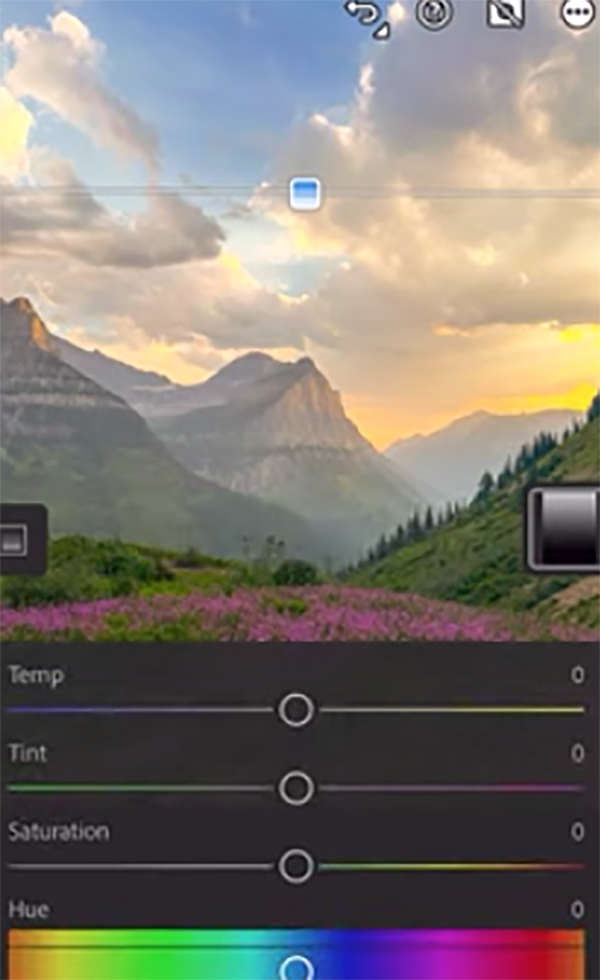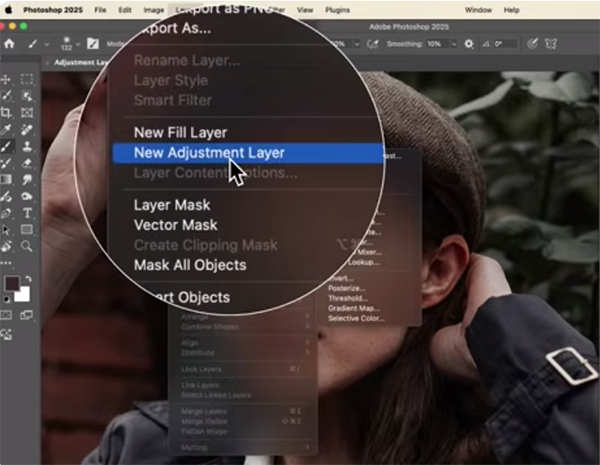Argos’ best-selling fan has received rave reviews online – and it’s on sale for just £24 right now
Keep yourself cool all summer long
 REAL ESTATE
REAL ESTATE
 REAL ESTATE
REAL ESTATE
 REAL ESTATE
REAL ESTATE
 REAL ESTATE
REAL ESTATE
 REAL ESTATE
REAL ESTATE
 EVENT
EVENT
 LANDSCAPE
LANDSCAPE
 LANDSCAPE
LANDSCAPE
 CONCERT
CONCERT
 LANDSCAPE
LANDSCAPE
 TRAVEL
TRAVEL

REAL ESTATE
Residential, Commercial, Interiors

LANDSCAPE
Landmarks, Cityscape, Urban, Architectural

FOOD
Hotels, Restaurants, Advertising, Editorial

PORTRAIT
Traditional, Glamour, Lifestyle, Candid

PRODUCT
Studio, Lifestyle, Grouping

EVENT
Conference, Exhibition, Corporate

FASHION
Portrait, Catalog, Editorial, Street

TRAVEL
Landscape, Cityscape, Documentary

SPORT
Basketball, Football, Golf

CONCERT

STILL

STREET
More and more photographers are using their advanced smartphones to capture amazing images, but some adept shooters fall short when it comes to mobile editing techniques. This quick tutorial with instructor Alex Hinson demystifies the process in a way that’s far easier than you think.
Hinson is a traveling photographer who provides a complete breakdown of his iPhone image-editing workflow with the goal of keeping things as simple as possible while achieving great results. In fact, he says you only need two things: Apple’s native camera app and Lightroom Mobile. Along the way you’ll also pick up some valuable tips for capturing images with a creative flair.
The episode begins with an overview of the iPhone’s native app and Hinson demonstrates how he employs simple sliders to adjust exposure, color saturation, white balance, and tint. He jumps into the iPhone’s Light tab and introduces more contrast to his impressive landscape scene while dropping highlights and bringing up shadows. He also decreases blacks and whites.

The next step is opening the Effects tab where Hinson boosts dehaze. He then turns to color grading where his goal is to enhance the sunset look of his photo by adding a bit of saturated orange and yellow tones.
Hinson also uses the camera app to add two Linear Gradients: one to boost color, detail, and contrast to the top half of the shot, and another over the lower portion for accentuating a colorful field of flowers in the foreground.
With these basic adjustments complete, Hinson turns his attention to Lightroom Mobile and demonstrates a straightforward process for embellishing the image further. As he says, “you can edit the photo from scratch, but what I like to do is use one of my presets to speed up the process and maintain a cohesive look through a complete set of similar photos.”

The rest of Hinson’s Lightroom Mobile enhancements are super simple but they make a big difference in the results. So just follow his instructions and you’ll be pleasantly surpised at what you can accomplish with these newfound tips and techniques.
There’s a lot more to learn about all types of photography on Hinson’s popular YouTube channel, so pay a visit when you have time to explore.
And be sure to watch the tutorial we featured earlier with another post-processing instructor who reveals a quick-and-effective Lightroom technique for rehabilitating underexposed photographs without introducing image-killing noise.
This eye-opening video is for those of you who aren’t quite sure about the difference between Photoshop Adjustments and Adjustment Layers. There’s room for both in your everyday workflow, but it’s important to understand which approach to use when and the best techniques to employ.
Today’s tutorial from the popular PHLEARN YouTube channel describes the similarities (and differences) of these two methods and demonstrates how to apply them for image enhancements like brightness, contrast, and color—”emphasizing best practices for each, including the use of Smart Objects and Clipping Masks for a non-destructive workflow.”
Instructor Aaron Nace is a wizard at all things Adobe and he takes a deep dive into the benefits and potential drawbacks of both image-editing methods in the context of making photos more vibrant, increasing saturation, adjusting exposure, and color grading. As he explains “Adjustments are applied directly to the layer that you’re working on.”

Adjustment Layers, on the other hand, require a bit more work because “they create their own layers that come with a mask. And you can edit and turn them off and on at any time.” Adjustments can be found by clicking on the Image tab atop the screen to reveal a dropdown with the various options available.
These include auto and manual adjustments for modifying Tone, Contrast, Color, Exposure, Photo Filter, Black & White and other factors. Adjustment Layers are accessed in a different way, this time by clicking the Layer tab > New Adjustment Layer. Once again, a dropdown menu appears that looks pretty much the same as the one mentioned above.
So here’s the big difference: When you apply a simple Adjustment to a layer and want to make a change, you’ll run into problems because, “I don’t really have a great way to do that.” Nonetheless, Adjustments are still a viable approach as long as you first create a Smart Object by following Nace’s instructions. This way, the enhancement isn’t baked into the image.

Nace turns to an overview of Adjustment Layers and the many advantages they provide. You’ll learn how to make the best of either technique for thoughtfully processing all sorts of photos. Once you’re done watching pay a visit to the PHLEARN YouTube channel with over two million subscribers who appreciate his concise Lightroom and Photoshop tutorials.
And in light of all Adobe’s just-released updates, be sure not to miss the tutorial we featured with another image-editing professional who insists that, “out of everything that was updated yesterday I think that Variance is the most exciting.”
